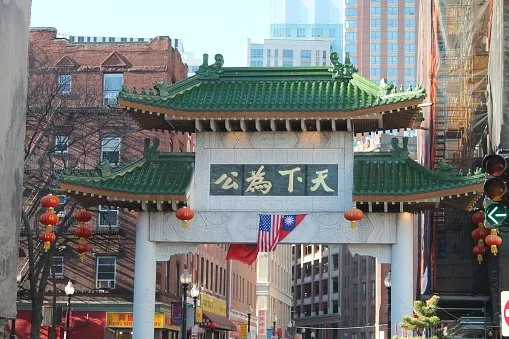Chinatown Businesses
Most business in Chinatown are owned by the older generation, thus, social media and digital marketing are not the main driving force for customers. Rather, Chinatown acquire customers through social and cultural capital.
Chinatown is inaccurately Chinese. Chinatown’s infrastructures are deigned for the Western audience and through their perception of what “Chinese” should look like. Though a misrepresentation of Chinese culture, this Westernized “exotic” Chinatown is what drives in tourists and tourism money.
Chinatown also serves as a “safe place” for the Chinese community. A community that makes Chinese people feel closer to home. This social capital brings in Chinese people of all ages that are looking for authentic Chinese food and products. It also brings in older generations of Chinese people services that they are unable to get elsewhere due to cultural and language barriers.
For older generations that have been living in Lower East Side for years, they kind of just know what places are good. Word of mouth and returning customers to these restaurants are high. The ones that my parents take me to when I was younger, I take my friends to, then they take their friends and family, and so on and so forth.
For younger generation, social media and yelp reviews play a huge part. People post their hangouts and tag the restaurant. I visited a couple of restaurants because I saw my friends posting about it on Instagram and the food looks really good. A simple google search of “What to eat in Chinatown” brings a list with tons of reviews and recommendations. As social media takes over our generation, businesses are beginning to implement social media accounts as well. Young people also tend to look for aesthetics and ”Instagram picture worthy” places.
New restaurants with no reputation rely on aesthetics, handing out flyers on the streets, and promotional events. You see sandwich board in front of the stores advertising $6 for 5 egg tarts among other promotions. People also love free samples and small gifts. Those get people visiting and stamp cards get people coming back.
In conclusion, Chinatown businesses obtain customers through more traditional ways — word of mouth, reputation, tourism, and incentives.

